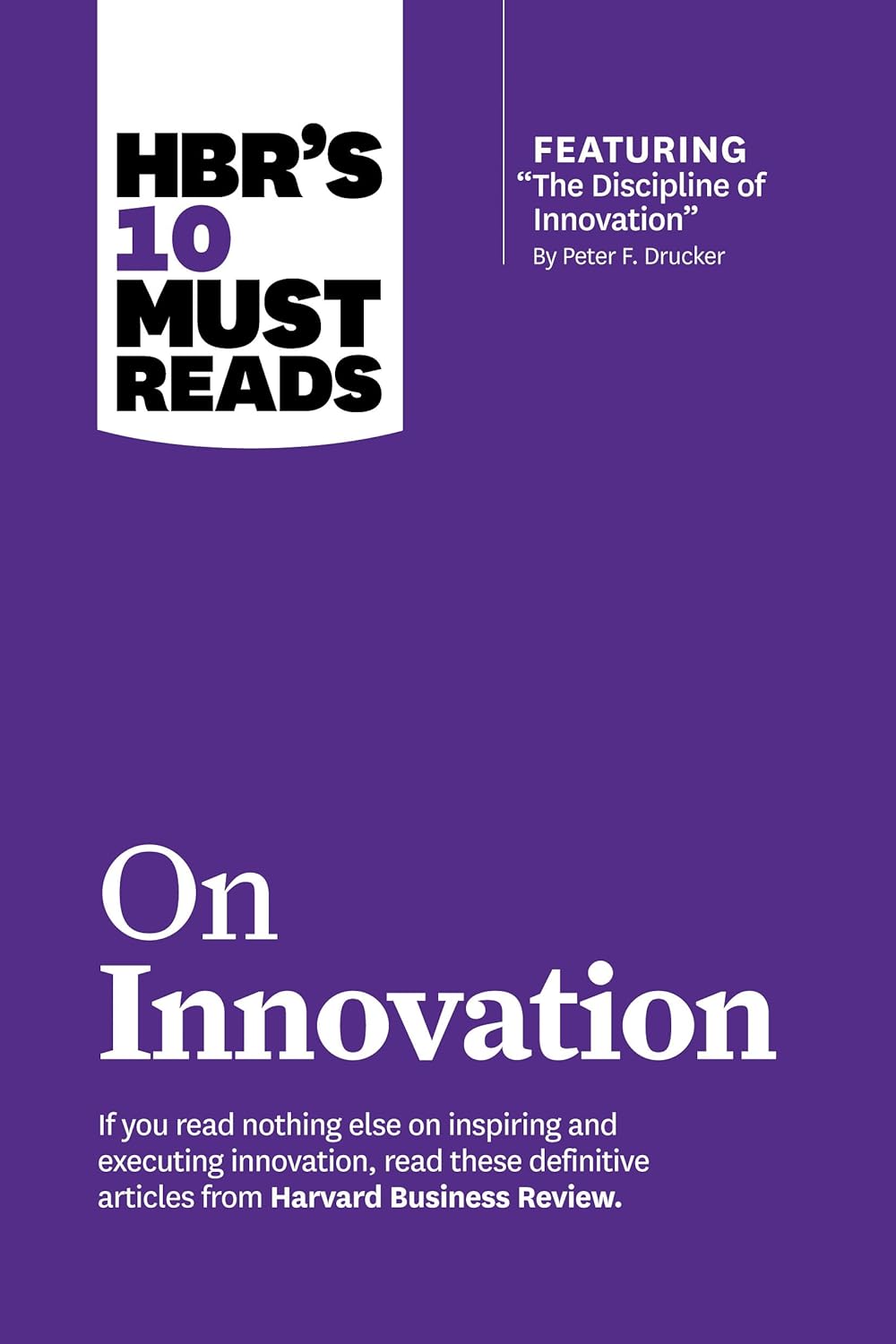I recently finished “HBR’s 10 Must Reads on Innovation,” and I’m excited to share my thoughts on this insightful collection. If you’re someone who thrives on the idea of innovation and creativity in the business context, this book is an essential read. I was particularly drawn to it because I believe that understanding how to navigate the complex world of innovation can significantly impact a business’s success.
One of the standout features of this book is its curated selection of articles from the Harvard Business Review. The book gathers insights from renowned experts like Clayton Christensen and Rosabeth Moss Kanter, focusing on practical advice for executing innovation effectively. Their guidance to “decide which ideas are worth pursuing” resonates deeply, especially in a fast-paced business environment.
A positive aspect I found particularly compelling is the emphasis on innovating from the front lines rather than solely from the top tiers of management. This approach encourages all levels within an organization to contribute ideas and solutions, which I believe fosters a more inclusive and creative environment. Additionally, the anecdotes and real-world applications provided throughout the articles serve not just as theoretical frameworks but also as actionable steps for readers.
However, I did encounter some drawbacks. A few readers have noted that, while the content is valuable, the reliance on articles may come off as repetitive if you’re familiar with HBR’s work. I found myself agreeing with this sentiment at times; certain concepts, while articulated brilliantly, felt somewhat echoing when read in sequential proximity. Moreover, some sections seemed to touch on ideas without delving deep enough, which could leave readers craving more nuanced exploration.
Another point raised by readers is that while the insights are actionable, implementing them can be a challenge within an established organizational structure. The text advises on “avoiding classic pitfalls such as stifling innovation with rigid processes,” a lesson I believe many corporations could benefit from. Yet, I also understand that transforming a business culture is easier said than done. The book provides the tools, but the onus remains on leaders to enact change.
Despite its minor drawbacks, I think “HBR’s 10 Must Reads on Innovation” delivers on its promise to provide impactful insights on inspiring and executing innovation. The balance of expert advice and real-world examples meets the expectations set by the description, where it mentions the need for “more than just creativity” in order to confer a profitable innovation strategy.
In conclusion, I wholeheartedly recommend this book to anyone involved in business strategy, entrepreneurship, or organizational leadership. Whether you’re a budding innovator or a seasoned executive, you’ll find actionable insights coupled with thought-provoking content that can foster a more innovative mindset in your workplace. It’s a must-read for those who are serious about harnessing the power of innovation. Overall, I’d give it a solid 4.5 out of 5 stars!








